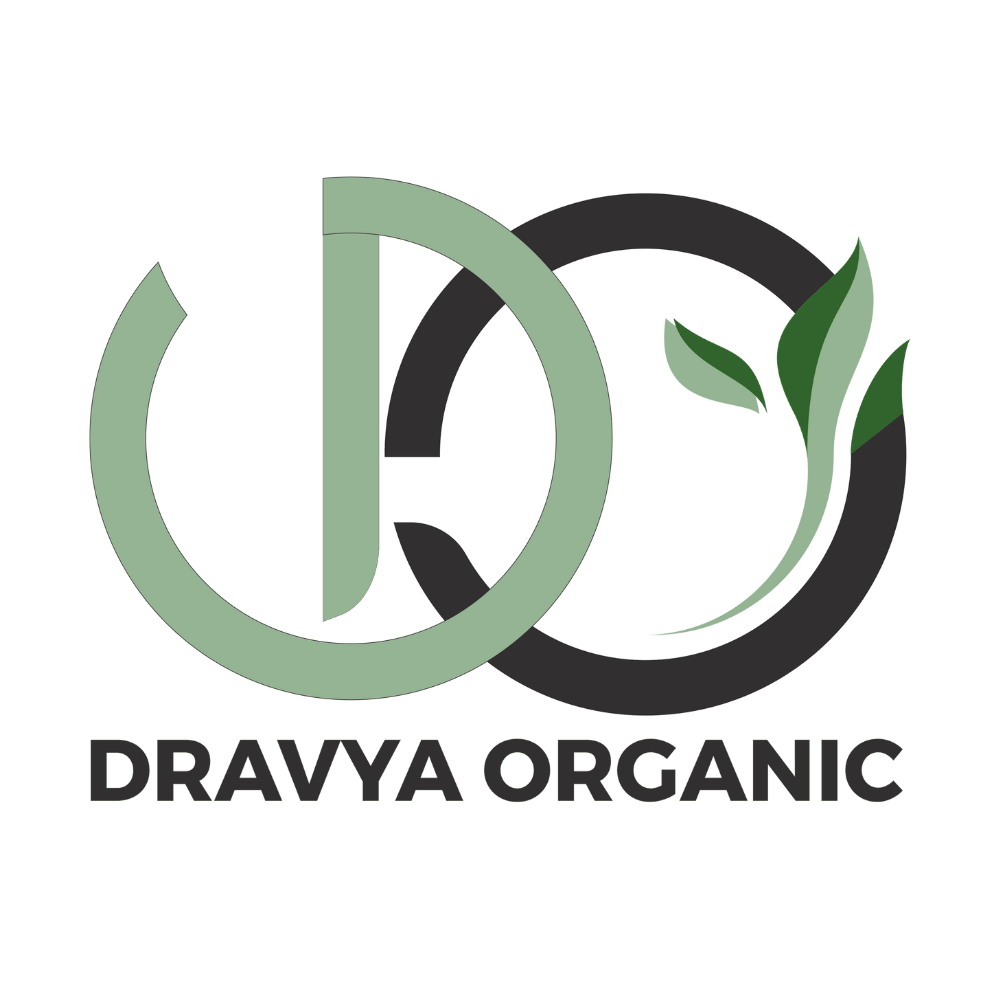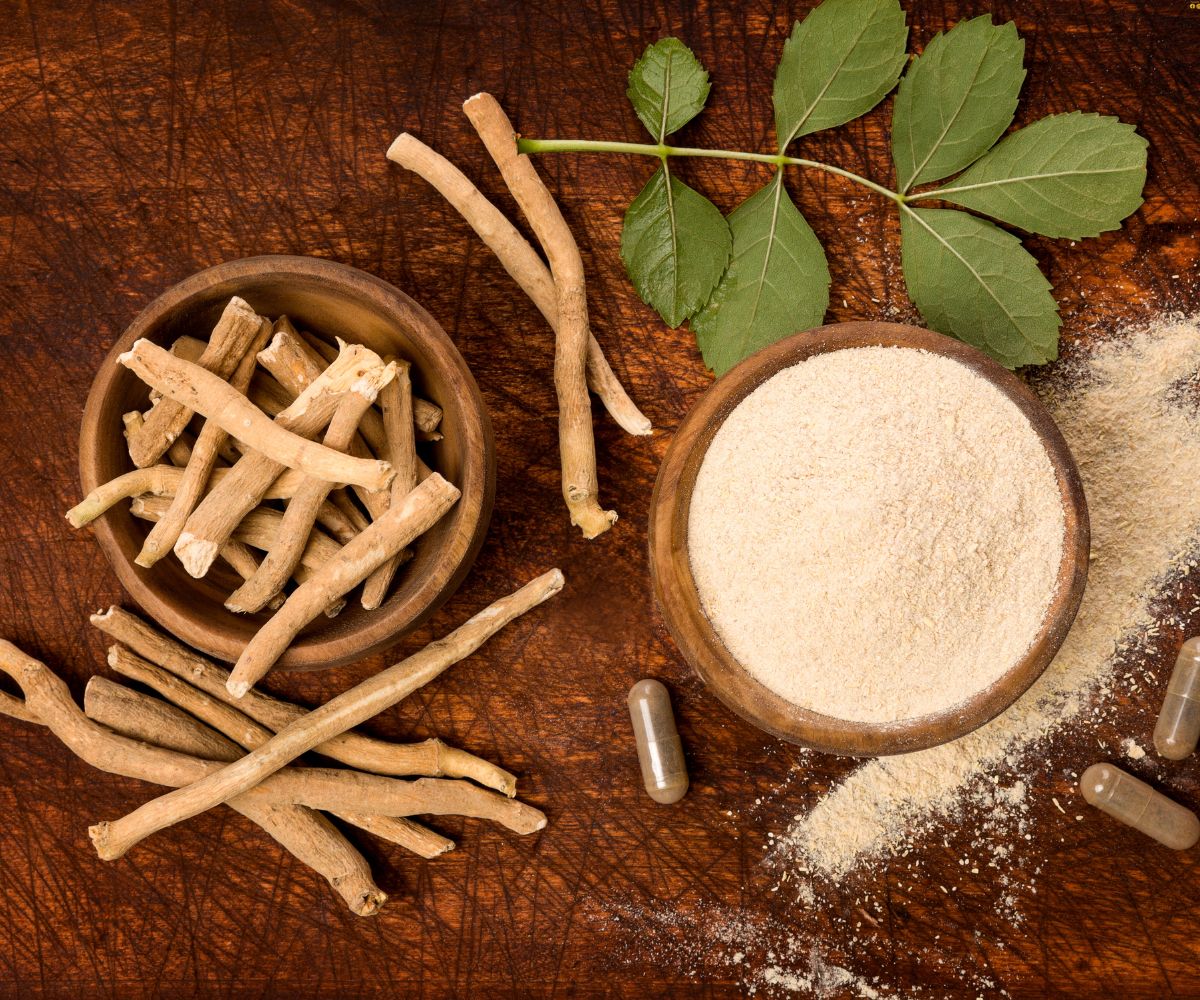Modern Technologies Used in Plant Extraction: Unlocking Nature’s Potency
Introduction:
In today’s world of nutraceuticals, herbal supplements, and organic formulations, plant extraction is the foundation of purity and potency. With advancements in science and engineering, the methods used to extract bioactive compounds from plants have become more efficient, eco-friendly, and scalable. This blog explores the leading-edge technologies used in plant extraction, giving you a behind-the-scenes look at how nature meets innovation.
1. Solvent Extraction
One of the oldest and most commonly used methods, solvent extraction uses alcohols, water, or hydrocarbons to dissolve and isolate active compounds from plant materials. It’s effective for both polar and non-polar compounds but requires careful solvent recovery to ensure purity and safety.
2. Supercritical Fluid Extraction (SFE)
SFE, especially using supercritical CO₂, is a modern, clean, and highly efficient extraction method. This technique uses CO₂ in its supercritical state—where it behaves like both a gas and a liquid—to extract oils, flavors, and sensitive bioactives without high heat or toxic solvents.
3. Ultrasonic-Assisted Extraction (UAE)
Ultrasound waves break down plant cell walls, increasing solvent penetration and improving yield. UAE is energy-efficient and ideal for heat-sensitive compounds like flavonoids and polyphenols.
4. Microwave-Assisted Extraction (MAE)
Microwaves heat the plant matrix and solvent, enhancing diffusion of bioactives. MAE significantly reduces extraction time and solvent usage while preserving delicate compounds.
5. Pressurized Liquid Extraction (PLE)
Also known as Accelerated Solvent Extraction (ASE), PLE uses high pressure and temperature to improve extraction efficiency. It’s commonly used in large-scale production of herbal and functional food ingredients.
6. Cold Press Extraction
Best for oils and delicate phytonutrients, cold pressing avoids heat entirely, preserving the raw, unaltered state of the plant’s bioactive compounds. It is widely used for essential oils and nutraceutical-grade extracts.
7. Enzyme-Assisted Extraction (EAE)
Enzymes like cellulase or pectinase break down plant cell walls naturally, releasing active compounds. EAE is a green, targeted method especially effective for extracting polysaccharides and proteins.
Agriculture, with its allied sectors, is unquestionably the largest livelihood provider in India, more so in the vast areas agriculture, in terms of food security, rural employment, and sustainable technologies such as soil are essential for holistic rural development.
During the initial years of introduction of the modem crop varieties, micronutrient deficiency disorders were discovered as an obstacle to obtain higher yields. Sustainable management of natural resources for achieving food, nutritional, environmental and livelihood security in the country. Developed multipurpose rubber dam for watershed to reduce soil erosion, create water storage facility, enhance ground water recharge and quick & safe disposal of sediments. This section provides the information on agriculture produces; machineries, research, field of natural resource management.
“
Conclusion:
Choosing the right extraction technology depends on the type of plant, desired compounds, scalability, and sustainability. With these advanced methods,
we can harness nature’s gifts more efficiently than ever—delivering pure, potent, and safe ingredients to health-conscious consumers around the world.


